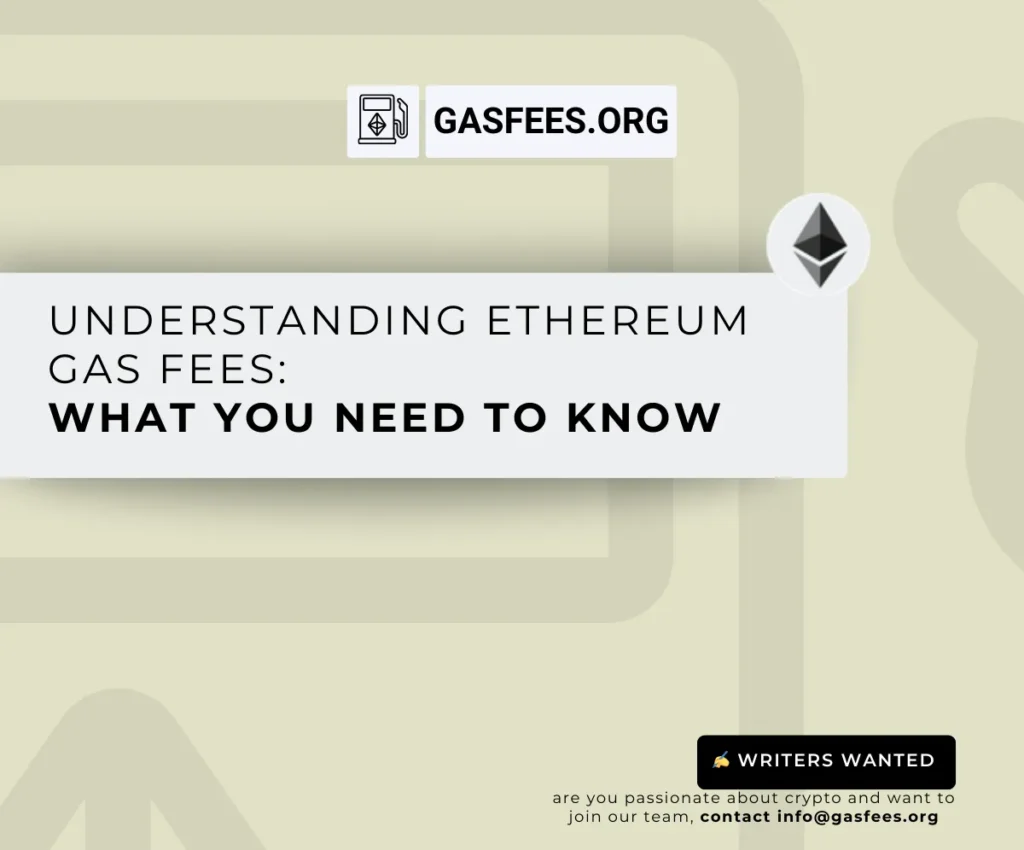The Ethereum network, one of the leading blockchain platforms, has recently witnessed a significant spike in gas fees, now reaching 15 gwei. Gas fees are the transaction costs users must pay to complete operations on the Ethereum blockchain, whether it’s sending Ether or interacting with decentralized applications (dApps). This increase in fees can be attributed to several factors, including heightened demand, network congestion, and the overall popularity of Ethereum as a platform for decentralized finance (DeFi) and non-fungible tokens (NFTs).
Historically, Ethereum’s gas fees have fluctuated based on network activity, with peaks often occurring during major events or when new projects launch. As more users engage with the Ethereum ecosystem, the demand for transaction processing rises, leading to higher fees. The current rise to 15 gwei could be a signal of an uptick in trading activity or the launch of new dApps that are drawing users to the network.
For investors and users, rising gas fees can impact the cost-effectiveness of transactions. It’s crucial to monitor these fees, especially during volatile market conditions. Users might consider timing their transactions during off-peak hours to save on costs or exploring layer-2 solutions designed to reduce fees and improve transaction speeds.
As Ethereum continues to evolve, understanding gas fees becomes essential for anyone involved in the crypto space. Keeping an eye on these charges can not only enhance user experience but also optimize investment strategies.



